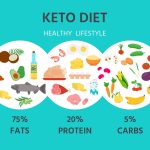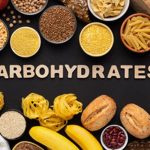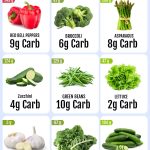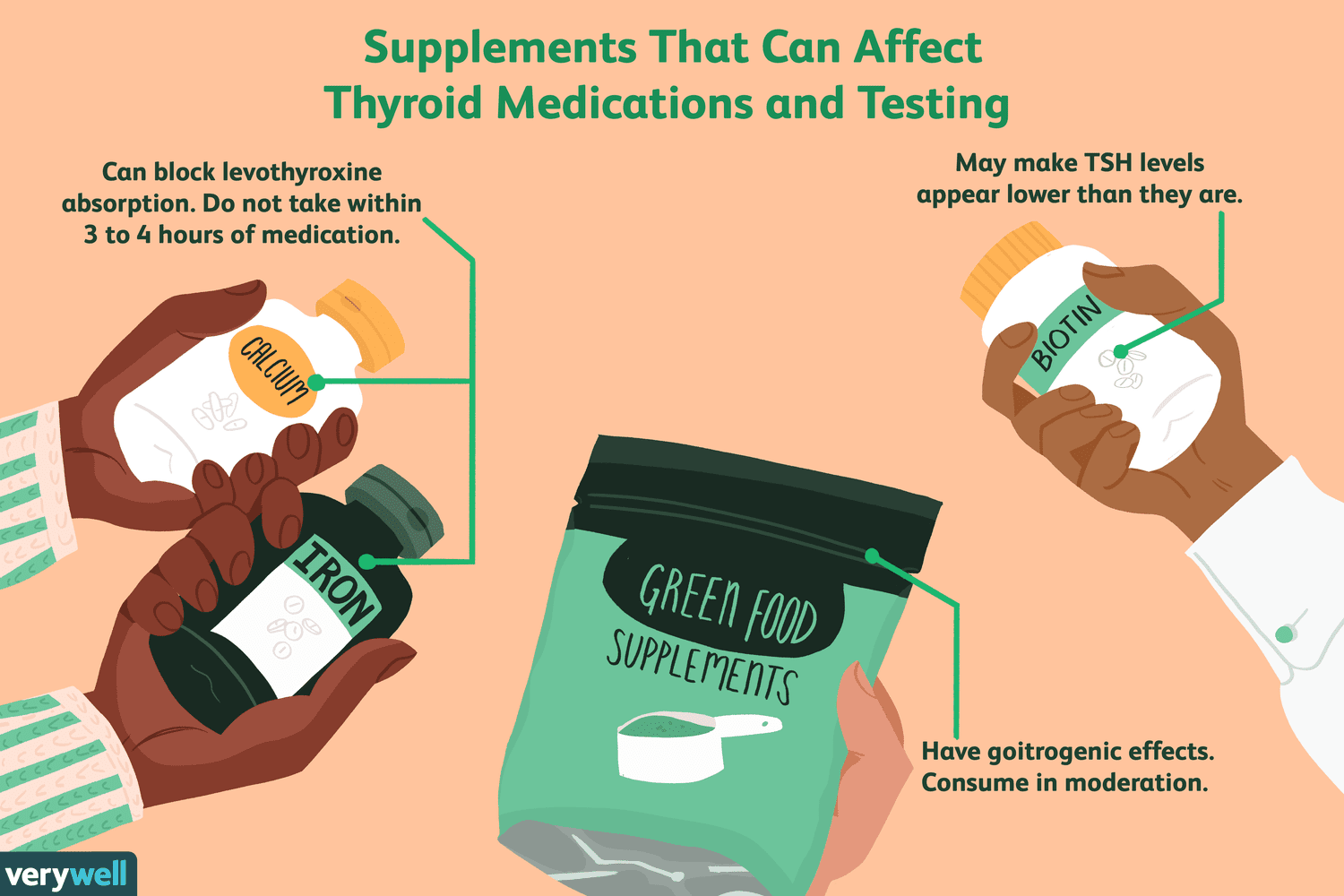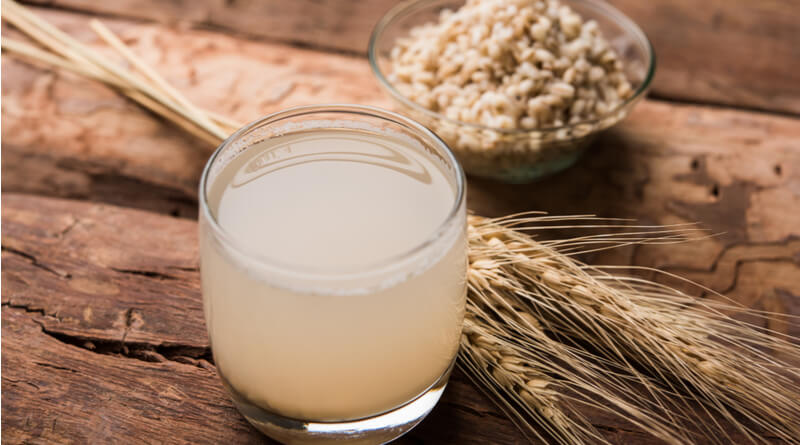Atkins Diet vs. Intermittent Fasting : In the quest for optimal health and weight management, two prominent approaches have gained considerable attention: the Atkins Diet and Intermittent Fasting. In this comprehensive guide, we will dissect the intricacies of both strategies, providing insights, a detailed comparison, and valuable guidance to help you make informed decisions for your health and wellness journey.
Table of Contents
ToggleUnderstanding Atkins Diet and Intermittent Fasting
Atkins Diet: Revolutionizing Nutrition with Low Carbs
The Atkins Diet, founded by Dr. Robert C. Atkins, is a low-carbohydrate diet that aims to shift the body’s metabolism to burn stored fat for energy. The diet progresses through phases, starting with a strict induction phase that limits carb intake, followed by phases that gradually reintroduce carbs. This approach emphasizes protein and healthy fats while restricting carbohydrates to promote weight loss and improve metabolic health.
Intermittent Fasting: Harnessing the Power of Meal Timing
Intermittent Fasting (IF) is not just a diet but a pattern of eating that alternates between periods of eating and fasting. Common methods include the 16/8 method, where one fasts for 16 hours and eats during an 8-hour window, and the 5:2 method, involving regular eating for five days and reduced caloric intake for two non-consecutive days. IF leverages the body’s natural fasting and feeding cycles to enhance metabolic flexibility and promote weight loss.
Navigating Weight Loss: A Comprehensive Guide to the Weight Watchers Points Calculator
Comparing Atkins Diet and Intermittent Fasting: A Detailed Analysis
Let’s break down the comparison between the Atkins Diet and Intermittent Fasting across key parameters:
| Feature | Atkins Diet | Intermittent Fasting |
|---|---|---|
| Approach to Nutrition | Low-Carb Emphasis: Prioritizes low carbohydrate intake. | Meal Timing Emphasis: Focuses on timing of eating and fasting periods. |
| Meal Composition | Protein and Healthy Fats: Emphasizes protein and healthy fats. | Flexible Meal Composition: Allows flexibility in meal composition during eating windows. |
| Carbohydrate Restriction | Carb Restriction: Restricts or limits carbohydrate intake. | No Specific Carb Restrictions: Focuses on when to eat rather than what to eat. |
| Metabolic Impact | Ketosis-Induced Fat Burning: Aims to induce ketosis and burn stored fat for energy. | Enhanced Insulin Sensitivity: Promotes improved insulin sensitivity and fat utilization. |
| Meal Frequency | Multiple Meals: Typically involves three meals a day, adjusted in later phases. | Reduced Meal Frequency: Involves fewer meals due to designated fasting periods. |
| Weight Loss Strategy | Caloric Restriction: Involves overall caloric restriction due to reduced carb intake. | Caloric Timing: Achieves weight loss through timing of meals and fasting periods. |
| Nutrient Intake | Varied Nutrient Intake: Depending on food choices, nutrient intake may vary. | Whole-Food Emphasis: Encourages whole-food choices during eating windows. |
Choosing the Right Approach: Factors to Consider
1. Health Goals: Consider your health goals. If rapid initial weight loss and a structured meal plan appeal to you, the Atkins Diet may be suitable. If you seek a flexible approach with potential metabolic benefits, Intermittent Fasting may align better.
2. Dietary Preferences: Evaluate your dietary preferences. If you prefer a specific meal composition and are willing to restrict carb intake, the Atkins Diet may be preferable. If you lean towards flexibility in food choices and meal timing, Intermittent Fasting may suit you.
3. Lifestyle Adaptability: Assess the adaptability to your lifestyle. If you prefer regular meals and enjoy a structured eating plan, the Atkins Diet may be more suitable. If you appreciate a less regimented approach and can adapt to fasting periods, Intermittent Fasting may be a good fit.
4. Sustainability: Consider the long-term sustainability of each approach. The Atkins Diet may be challenging for some due to carb restrictions, while Intermittent Fasting offers flexibility that may be easier to maintain.
Nourishing Your Body: Low-Carb Diet vs. Plant-Based Diet Showdown
External Resources for Deeper Insight
For a deeper understanding of the Atkins Diet and Intermittent Fasting, explore these external resources:
- Atkins Official Website: Atkins Diet Official Site
- Intermittent Fasting Resources:
- Community Forums:
FAQs: Addressing Common Questions
Q1: Can I combine elements of both the Atkins Diet and Intermittent Fasting?
A1: Yes, some individuals adopt a hybrid approach, combining aspects of both strategies for a personalized approach to health.
Q2: Are there specific foods to avoid on the Atkins Diet?
A2: The Atkins Diet recommends avoiding or limiting high-carb foods like sugars, grains, and starchy vegetables, especially in the early phases.
Q3: Can I drink water during fasting periods in Intermittent Fasting?
A3: Yes, staying hydrated with water, herbal teas, and black coffee is encouraged during fasting periods.
Q4: Can Intermittent Fasting be customized to fit my schedule?
A4: Yes, Intermittent Fasting is flexible and can be adjusted to fit individual schedules, allowing for customization of eating windows.
Conclusion: Crafting Your Health Journey
In conclusion, the choice between the Atkins Diet and Intermittent Fasting depends on your health goals, dietary preferences, lifestyle, and adaptability. Both strategies offer unique benefits, and understanding their nuances is crucial for making an informed decision.
As you embark on your health and wellness journey, consider the specific context of your lifestyle and preferences. Leverage the wealth of resources provided by reputable websites and community forums to optimize your choice and create a sustainable path towards achieving your health goals.





